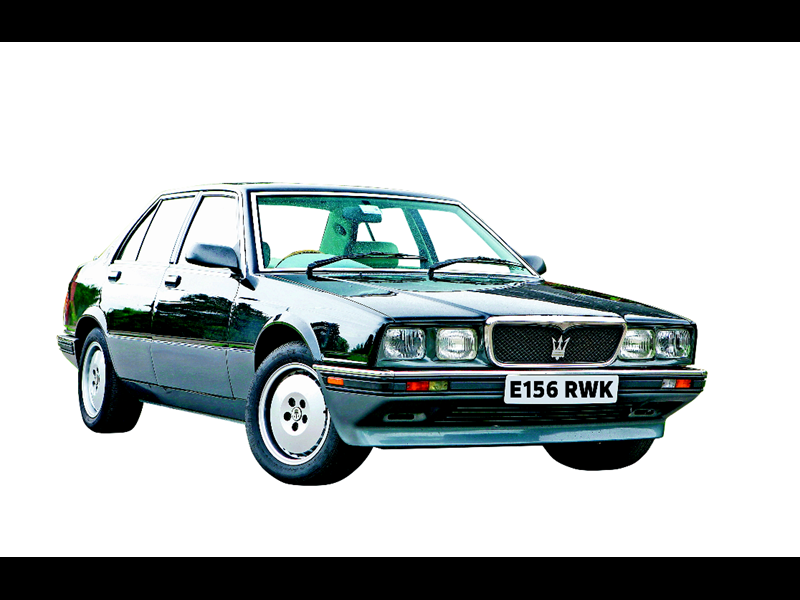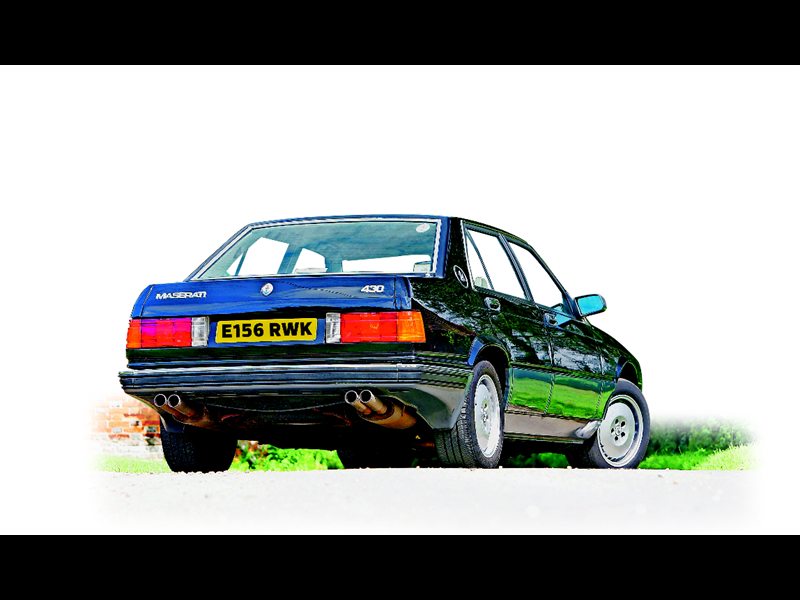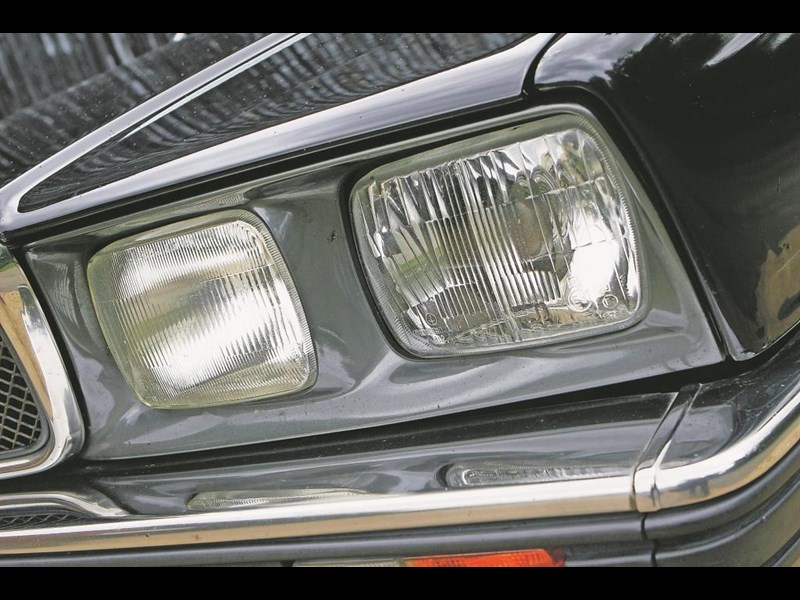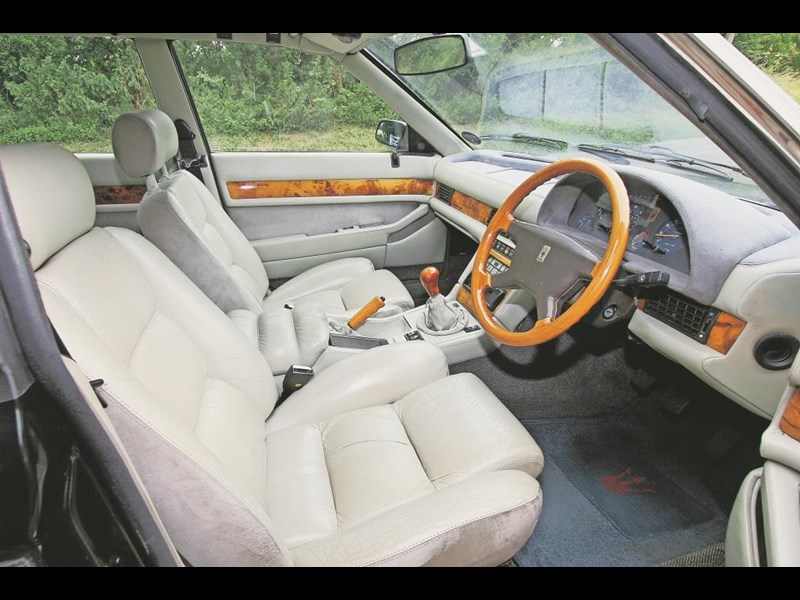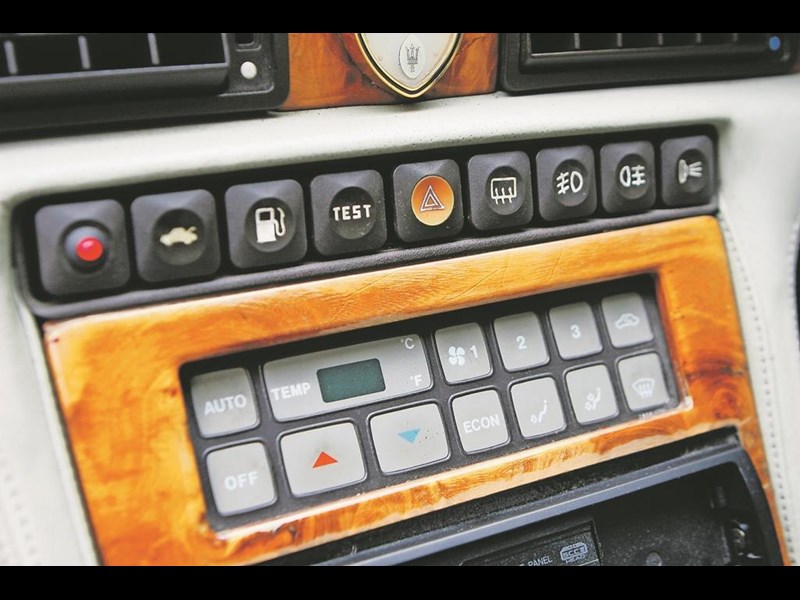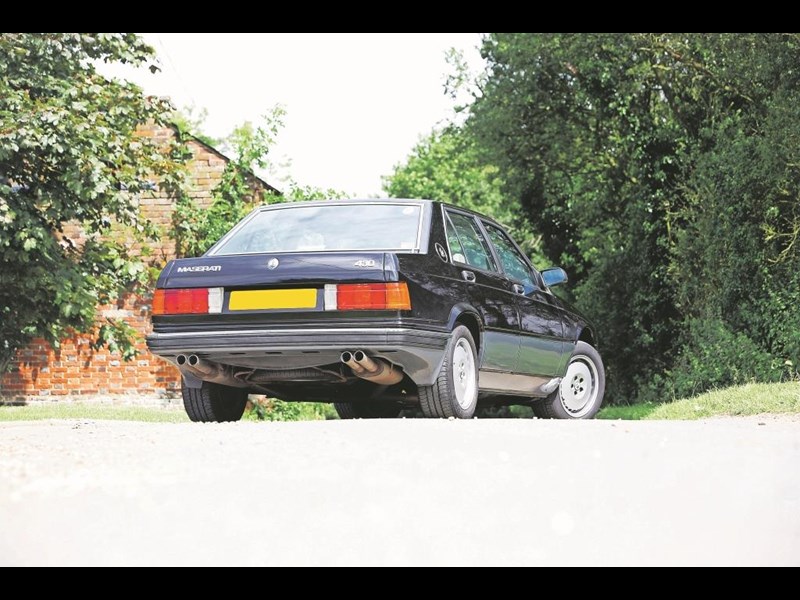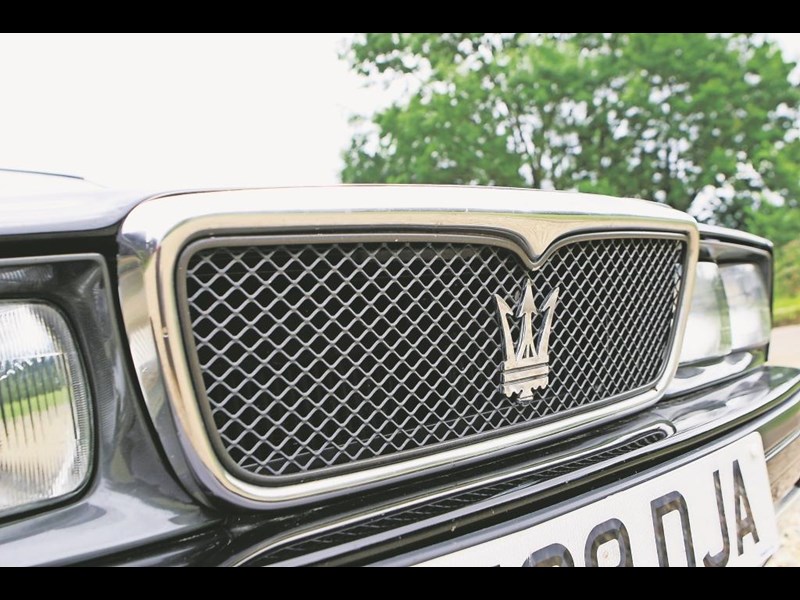Maserati has produced some incredible cars over the years, but the Biturbo has long been the black sheep of the family. Is its reputation deserved? Read our buyers guide to find out.
If you want a glamorous badge, comfort and serious performance, but you’re almost potless, a Maserati Biturbo could be just the ticket. This grand tourer came in a bewildering array of guises, all of which offer performance and comfort aplenty, but running costs can be high, while good cars are less common than you might think.
The Biturbo debuted in December 1981 as a two-door coupé, with a 180bhp 2.0-litre twin-turbo engine. Available with left-hand drive only, it was joined by the two-tone Biturbo S in 1984. The first of the Biturbo-based four-door saloons, the 420 and 420S, debuted in 1984, also in left-hand drive form only and 2.0-litre engines.
A Biturbo Spyder concept designed and produced by Italian coachbuilder Embo was shown at the 1982 Turin show, but the production Spyder that appeared in 1984 was designed and built by Zagato, with a wheelbase shortened by 11cm. Initially this featured a 2.0-litre engine, upgraded to a 2.5-litre engine for 1985.
The 192bhp 2.5-litre Biturbo and 425 saloon reached the UK in 1986 with right-hand drive; the same year saw a choice of Weber-Marelli fuel injection or carburettors for the Italian market. The following year saw the demise of carburettors on Italian cars and in 1988 the UK followed suit. In the same year the 430 superseded the 425, with a 2.8-litre engine – the 2.8-litre 228 also arrived. This was a two-door coupé that was a longer, wider and taller Biturbo.
The Karif broke cover at the 1988 Geneva salon. Essentially a Spyder with a fixed roof, the car used a 245bhp 2.8-litre V6. The Biturbo’s engine was enlarged to 2.8 litres for 1988, and the car was renamed the 222E. At the same time, ventilated discs were introduced at the front and the Spyder was renamed the Spyder E. Two years later the fixed-head models were axed, but the Spyder soldiered on until 1994. Based on the Spyder floorpan, the Shamal is the hottest variant of all. Revealed in 1990, it was powered by a 325bhp V8; RHD UK sales began in 1992.
VITAL STATISTICS
Engine 2790cc/V6/DOHC
Power 248bhp@5600rpm
Torque 282lb ft@3500rpm
Maximum speed 142mph
0-60mph 6.6sec
Fuel Consumption 18-22mpg
Transmission RWD, five-spd manual
WHAT TO LOOK FOR
SUSPENDED BELIEF
Fuel injected models have six track rod ends, four of which wear quickly. Play in the steering means they’re due for renewal, at £500. Carburettor cars used solid discs all round, and the front ones can wear quickly, but injected cars have ventilated discs at the front, which are tougher. The handbrake mechanism is notoriously poor.
ELECTRIC AVENUE
Windows, starter motors, air-conditioning and warning lights can all play up. The fusebox is a printed circuit board, which burns out; it has to be repaired (for around £400) while the electric window winder mechanisms fail and they’re very scarce. Some cars had fused relays which pack up. Because the cooling system’s two fans are operated by these, blown head gaskets and potentially wrecked engines could result if there’s a failure. So if idling the engine for any length of time, make sure the cooling fans cut in.
AVOID ROTTEN LUCK
A non-galvanised bodyshell means rust is likely; early LHD cars rotted especially badly. Focus on the bottoms of the doors, the tail edge of the bootlid and the leading edge of the bonnet and front wings. The sills, wheelarches and trailing edge of the bonnet also rot, although the Spyder’s sills were reinforced so they’re less rot-prone. It’s rot in the bulkhead below the bonnet hinges that can kill a Biturbo; this can’t be repaired economically so it’s the most important check of all. Check the front valance/spoiler for damage. Later cars sit closer to the ground and the worst culprit is the Spyder.
V6: DON’T BE SCARED
The Biturbo’s V6 engine is strong if maintained. An annual oil and coolant change are essential, plus a timing belt replacement every four years; the latter costs around £500. Ensure the car has had synthetic oil. Rebuilding or replacing the twin-turbo V6 is expensive, so get an expert to check its health. Whether the engine is fuelled by carburettor or injection the costs are much the same; a rebuild is £8000 and a used engine £1000-£2000. Turbochargers last well but exhaust manifolds don’t and they’re no longer available.
AN OILY END
Check for oil leaks as gaskets fail, usually between each cam carrier and cylinder head. Inspect between the engine and bulkhead – it’ll be obvious if it’s wet with oil. Reckon on spending £160 to fix each side. With the car so low the sump can ground, so make sure it’s intact. There’s also a sensor on the crankshaft that gets bashed if the sump is grounded – hit it hard enough and the engine will grind to a halt. Exhausts rot through quickly so check that a stainless system has been fitted.
TRANSMISSION MISSION
Most Biturbos had a five-speed manual ZF gearbox with a dog-leg first gear; very late cars featured a Getrag unit. From 1985 a three-speed Borg-Warner auto was offered, upgraded to a four-speed ZF auto in the 2.8-litre models. Parts to overhaul the manual gearboxes are scarce or obsolete, but the autos can be rebuilt. A Sensitork limited-slip diff featured too, but there’s no breather system, so the diff overheats when the oil seals are blown out under pressure. A breather system is now available though. A diff rebuild costs £1200 but the crownwheel and pinion aren’t available. Check for oil leaks where the propshaft goes in and where the driveshafts come out. The propshaft feeds into the diff via a torque tube, in which the splines wear. Check for clonks when taking up drive. If the splines aren’t worn it can be fixed for £400, but once the splines are eroded it’s £900 to fix.
STEERING IT RIGHT
Power steering was fitted to all UK cars, apart from some early imports; check for leaks from the pinion seal on the rack. Carburettor cars have the rack mounted on rubber bushes, which will rot if the engine leaks oil onto it. This causes the rack to move on its mounts on the subframe, giving the impression of a worn steering rack, but it’s the mounting bushes that need replacing. Injected cars got solid mounts.
OUR VERDICT
The Biturbo range is an intriguing proposition thanks to its comfort, pace and rarity, plus that trident badge on the grille. Decent Biturbos are scarce and with patchy parts availability plus potentially high repair costs you have to buy with care; superficially good cars can actually be beyond saving.
